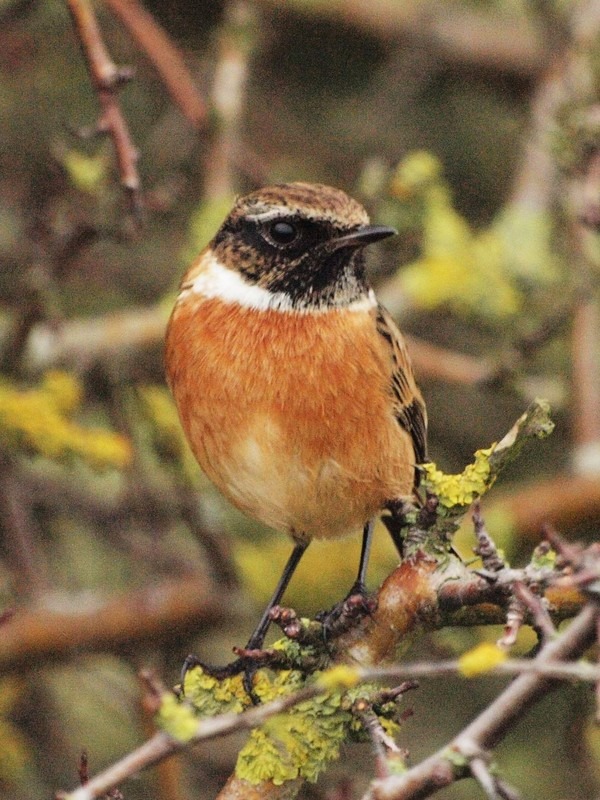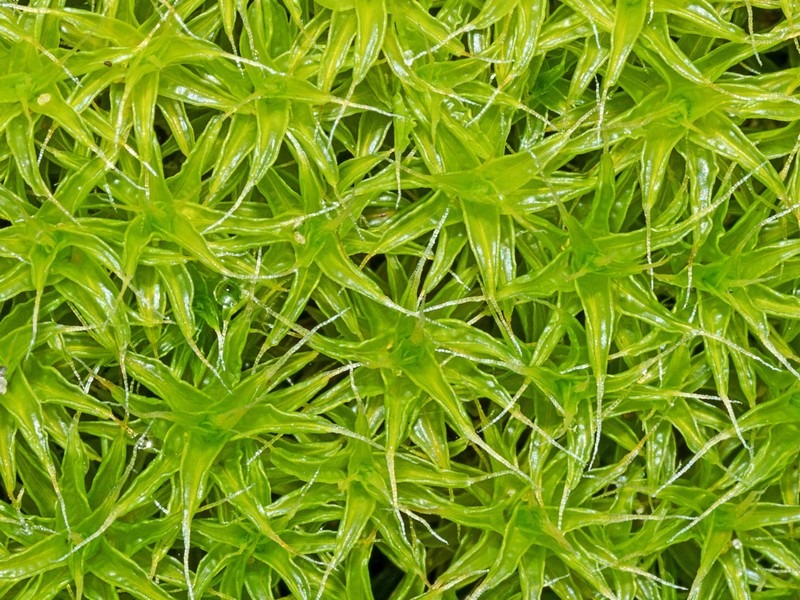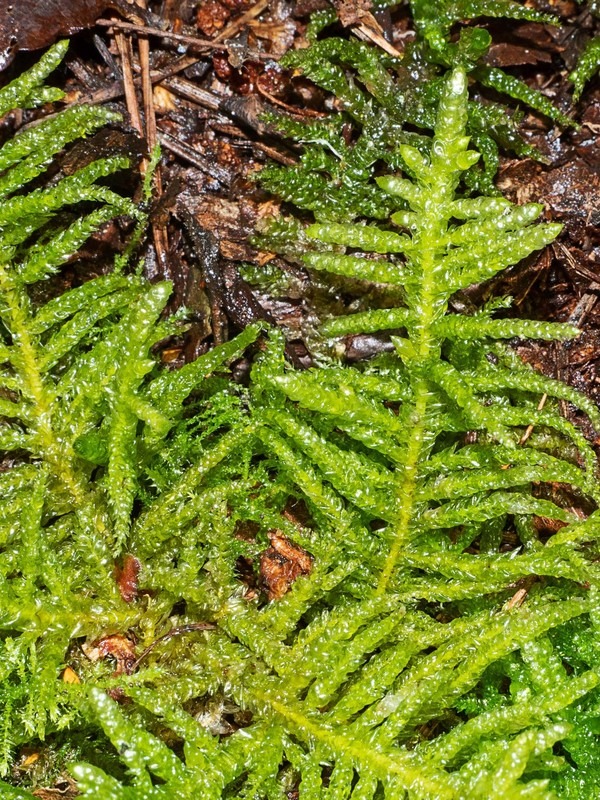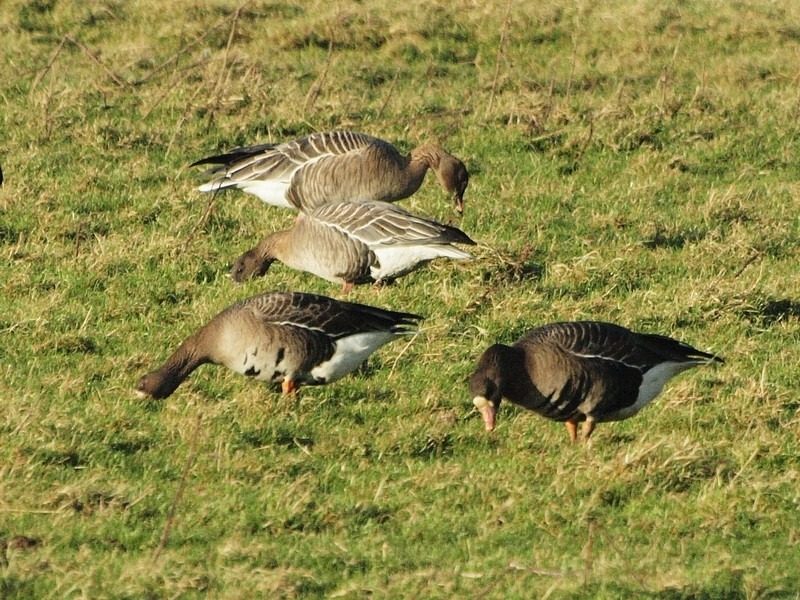Dr Phil Smith’s Wildlife Notes
December 2011
Although there were none of the torrential downpours regularly forecast for the region, much-needed rainfall during the month began to recharge the sand-dune water-table depleted by three years of relative drought. Even so, a visit to Cabin Hill National Nature Reserve on 20th revealed little surface water in the big slack and only eight Snipewhere I have counted up to 90 at this time of year. Joining the 50 or so Herdwick sheep in the grazing enclosure, five Shetland cows have againbeen browsing the larger willows, this being one of the useful habits of this small hardy breed. While admiring their handiwork, I disturbed a Short-eared Owl which began sparring with the resident Kestrel. Within seconds, it was joined by three more owls, the group of four making a fine sight as they quartered the reserve in the gathering gloom on their long elegant wings. I was also pleased to see a Stonechat, my first of the year, this species having been virtually wiped out locally by two harsh winters. Perched on a Hawthorn bush, this smart male bird allowed me to approach close enough for photographs.


While colourful wild flowers are largely absent in December, a walker in the dunes can hardly miss the luxuriant carpets of mosses that thrive in the moist conditions. With over 700 British species to choose from, naming them is largely the province of the specialist. One of a few that I can identify is the Sandhill Screw-moss (Syntrichia ruralis), which can tolerate shallow burial in sand. Its starry yellowish-green mats often clothe the dryer south-facing dune slopes and crests, while damper north-facing slopes are the haunt of the darker glossy green trailing stems of Neat Feather-moss (Pseudoscleropodium purum). Although appearing delicate, sand-dune mosses easily tolerate summer drought, drying to a brownish or greyish crust which soon greens up in the autumn rains. They share the fixed-dunes with various lichens, their combined colour giving rise to the old name of “grey-dune” for this habitat.

As well as an influx of Short-eared Owls, I mentioned in the November notes that exceptional numbers of White-fronted Geese had also arrived from their Russian breeding grounds. During December, up to 44 were counted at Martin Mere and 23 at Marshside, the latter flock providing me with views down to about 100m on 22nd. These normally wary geese were feeding near to the old seawall along the eastern edge of the reserve and, as this is used as a public footpath, they had become used to seeing people and were completely tolerant. Nearby was a group of 14 Barnacle Geese whose origin was also thought have been wild, though feral birds, perhaps from Knowsley Park, are also a possibility here. As usual, there were lots of Pink-footed, Greylag and Canada Geese for comparison.

Marshside also had a flock of over 3000 Black-tailed Godwits, while Peregrine and Merlin were regular there. I was pleased to see all of these on 18th, when an unusually clear day provided a glorious snow-covered backdrop of the Bowland fells and the even more distant Coniston range. Meanwhile, Martin Mere contributed a long-staying Grey Phalarope, together with four or five Marsh Harriers and a “ring-tail” Hen Harrier.
Visiting Crosby Marine Park on 12th to record the impact of sand removal for the Hightown coast defence scheme, I counted 17 Goldeneye on the Marina and spotted an adult Mediterranean Gull on the shore. A quick check on the frontal dune ridge revealed at least seven healthy rosettes of Isle of Man Cabbage, survivors of the transplantation exercise that I described in the August notes.
Finally, a handsome first-winter Glaucous Gull from the Arctic was regularly reported at Weld Road, Birkdale from Christmas Eve to the year’s end. As luck would have it my two visits failed to catch up with the bird but I hope to see it in January if it sticks around.
